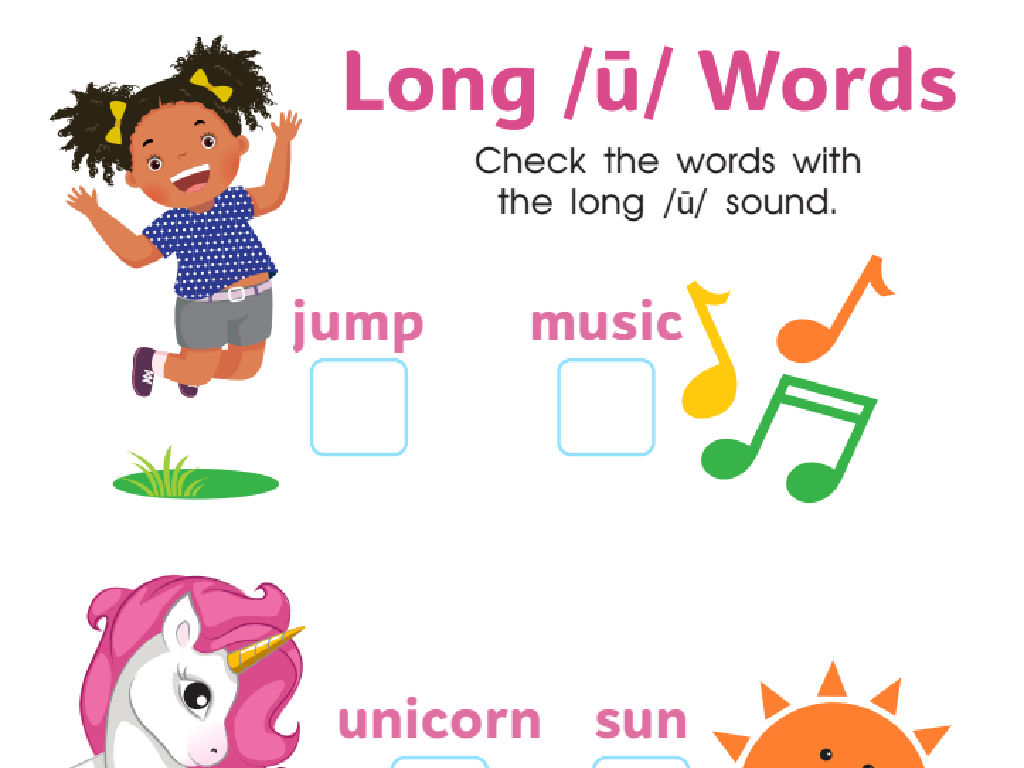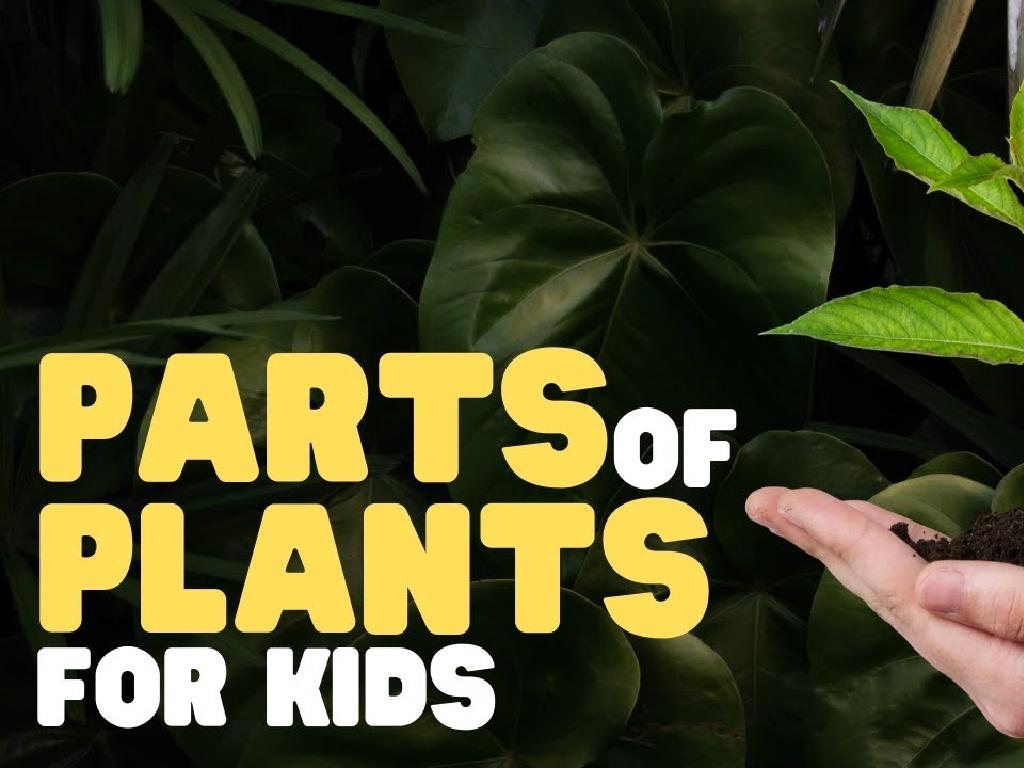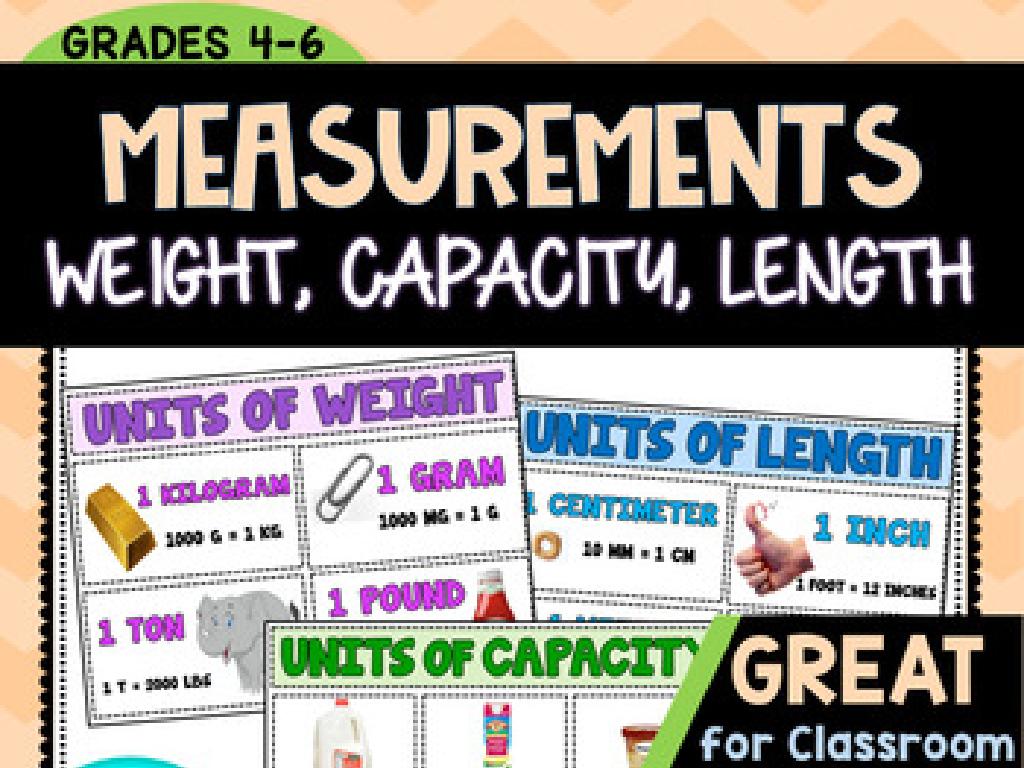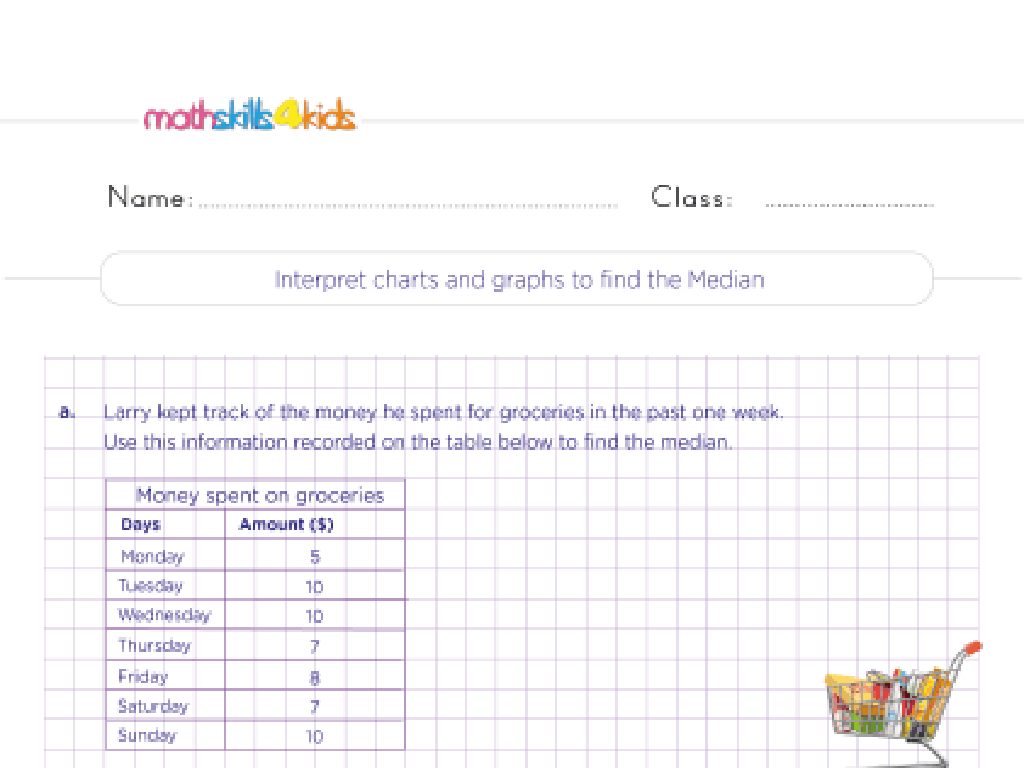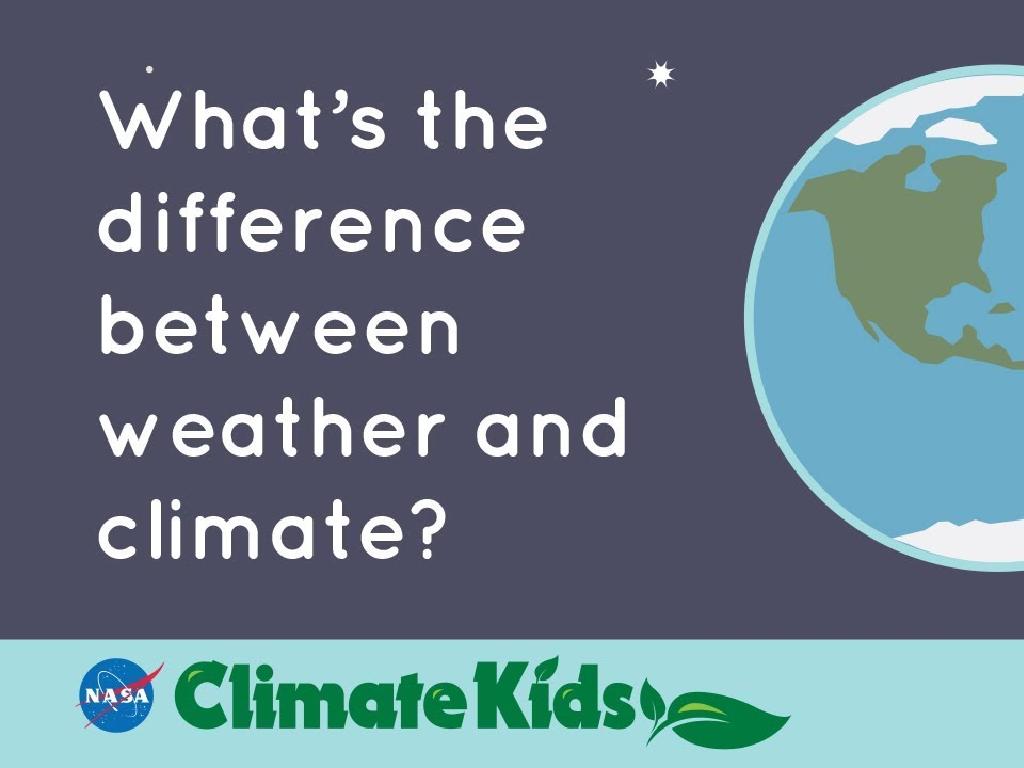Identify And Select Countries Of Oceania
Subject: Social studies
Grade: Sixth grade
Topic: Oceania: Geography
Please LOG IN to download the presentation. Access is available to registered users only.
View More Content
Exploring Oceania’s Geography
– Oceania’s diverse geography
– Consists of islands in the Pacific Ocean, including Australia and New Zealand
– Regions vs. countries in Oceania
– Oceania is divided into three regions: Melanesia, Micronesia, and Polynesia
– Oceania’s uniqueness
– Home to the Great Barrier Reef and diverse cultures
– Importance of Oceania’s location
– Strategic position and rich marine biodiversity
|
This slide introduces students to the geography of Oceania, emphasizing its diversity and the distinction between regions and countries. Oceania is unique due to its vast array of islands, cultural diversity, and natural wonders like the Great Barrier Reef. Discuss the strategic importance of Oceania’s location for global navigation and its rich marine life. Encourage students to explore maps of Oceania and identify key countries and regions to better understand their spatial relationships. Highlight the significance of understanding this unique part of the world in the context of global geography and cultural studies.
Exploring Oceania: A Diverse Region
– Oceania: A vast region
– Comprises numerous islands in the Pacific Ocean
– Subregions: Australasia, Melanesia, Micronesia, Polynesia
– Each subregion has unique characteristics and countries
– Cultural diversity in Oceania
– Home to a mosaic of indigenous cultures and languages
– Varied natural environments
– From rainforests to coral reefs, Oceania’s nature is rich and diverse
|
Introduce Oceania as a large geographic region consisting of many islands in the Pacific Ocean. Break down the region into its four major subregions: Australasia, Melanesia, Micronesia, and Polynesia, highlighting the unique features and countries within each. Emphasize the rich cultural diversity found in Oceania, with its multitude of indigenous cultures, languages, and traditions. Discuss the varied natural environments, from lush rainforests to expansive coral reefs, and how these contribute to the biodiversity of the region. Encourage students to appreciate the complexity and beauty of Oceania’s landscapes and cultures.
Exploring Countries of Oceania
– Oceania’s country list
– Spotlight on Australia & neighbors
– Australia, New Zealand, Papua New Guinea, Fiji, etc.
– Unique features of each nation
– Australia’s Outback, New Zealand’s Maori culture, Fiji’s coral reefs
– Engage with Oceania’s diversity
|
This slide aims to introduce students to the countries of Oceania and highlight the diversity within the region. Start by presenting the list of countries and then focus on Australia, New Zealand, Papua New Guinea, and Fiji, among others. Discuss the unique geographical, cultural, and natural features of each country, such as the vast desert of Australia’s Outback, the rich Maori culture in New Zealand, and the stunning coral reefs surrounding Fiji. Encourage students to recognize the vastness and variety of Oceania, beyond just the well-known countries, and to appreciate the region’s role in global geography and culture.
Exploring Oceania’s Geography
– Interactive map of Oceania
– Use the map to explore different islands and countries in Oceania.
– Locating Oceania’s countries
– Find and mark Australia, New Zealand, Papua New Guinea, and other Pacific islands.
– Oceania’s global position
– See how Oceania is situated among Asia, the Americas, and Antarctica.
– Comparing size and location
– Discuss how Oceania’s size compares to other continents and its proximity to them.
|
This slide aims to familiarize students with the geography of Oceania through an interactive map. Encourage students to actively participate in locating countries within Oceania, such as Australia, New Zealand, and the numerous islands of the Pacific. Highlight Oceania’s geographical position relative to other continents, emphasizing its vast expanse across the Pacific Ocean. Discuss the diversity in size among Oceania’s countries and territories, and how its location influences climate and culture. This will help students visualize and understand the unique characteristics of Oceania’s geography.
Exploring Oceania’s Geography
– Oceania’s physical features
– Mountains, rivers, and varied climates shape the land
– Geography’s impact on lifestyle
– Access to sea, climate, and terrain influence daily life and culture
– Unique geographical phenomena
– From Australia’s Great Barrier Reef to Fiji’s volcanic islands
– Discuss Oceania’s diversity
|
This slide aims to give students an overview of Oceania’s diverse geography and how it affects the lives of people living there. Start by discussing the physical features such as the mountain ranges, major rivers, and the different climate zones found across the region. Explain how these features influence the way of life, including the economy, culture, and daily activities of the inhabitants. Provide examples of unique geographical phenomena such as the Great Barrier Reef and the volcanic islands of Fiji to highlight Oceania’s uniqueness. Encourage students to think about how living near a beach differs from living in mountainous areas or how climate can affect the food people eat and the clothes they wear.
Cultural Diversity in Oceania
– Explore Oceania’s cultures
– Oceania has a rich tapestry of indigenous cultures.
– Languages, traditions, customs
– Each island has unique languages and traditions.
– Respect for cultural differences
– Understanding and valuing diverse cultures is key.
– Celebrate Oceania’s heritage
|
This slide aims to introduce students to the rich cultural diversity found in Oceania, which includes a multitude of indigenous cultures, each with its own unique language, traditions, and customs. Emphasize the importance of respecting and valuing these differences as a way to foster a more inclusive and understanding global perspective. Encourage students to consider how each culture contributes to the region’s identity and to humanity’s broader cultural heritage. Activities could include researching a specific Oceanic culture, learning basic greetings in various languages, or exploring traditional Oceanic art forms.
Class Activity: Discover Oceania!
– Group selection of an Oceanian country
– Research country’s geography & culture
– Look into the country’s landscape, climate, and cultural practices
– Create a poster or presentation
– Use creativity to display information visually
– Prepare for a class presentation
|
This activity is designed to engage students with the diverse region of Oceania through collaborative research and creativity. Divide the class into small groups and assign or let them choose a country from Oceania. Each group will delve into their selected country’s geography, including physical features and climate, as well as cultural aspects like traditions, language, and cuisine. They will then create a visual poster or digital presentation to showcase their findings. Encourage the use of maps, images, and fun facts to make their project informative and engaging. Finally, each group will present their work to the class, allowing for a peer-learning experience. Possible countries for selection include Australia, New Zealand, Fiji, Samoa, and Papua New Guinea. Provide a list of resources such as library books, approved websites, and documentaries to aid their research.

